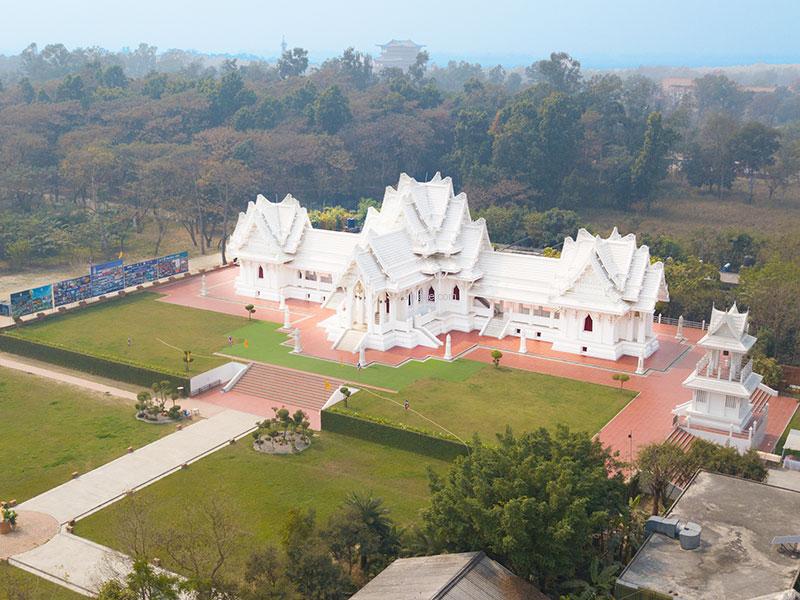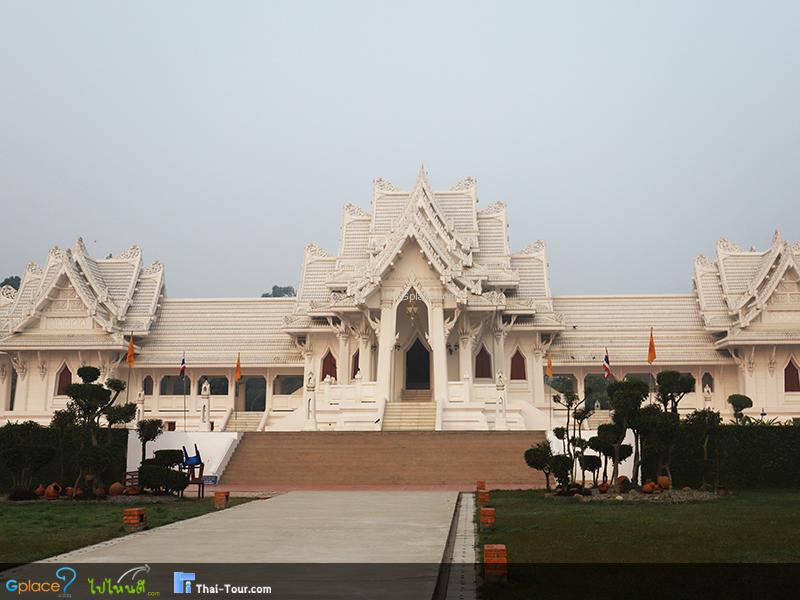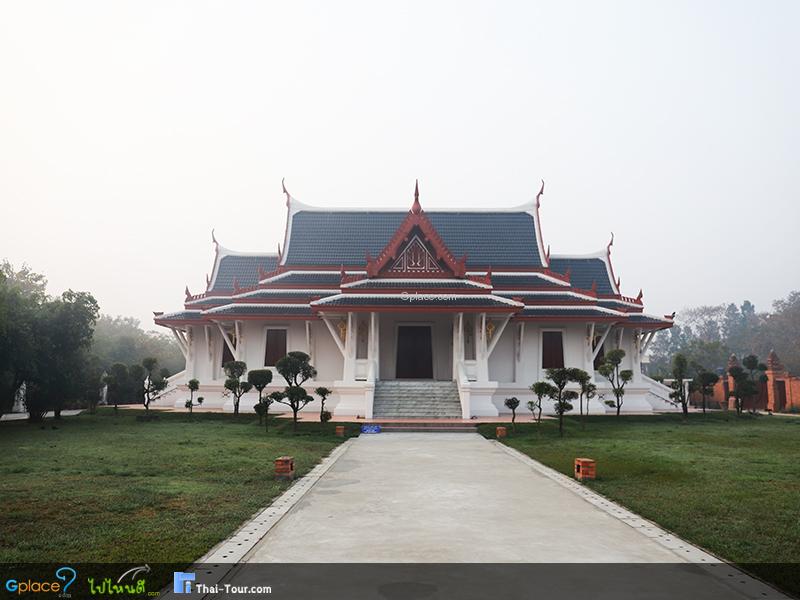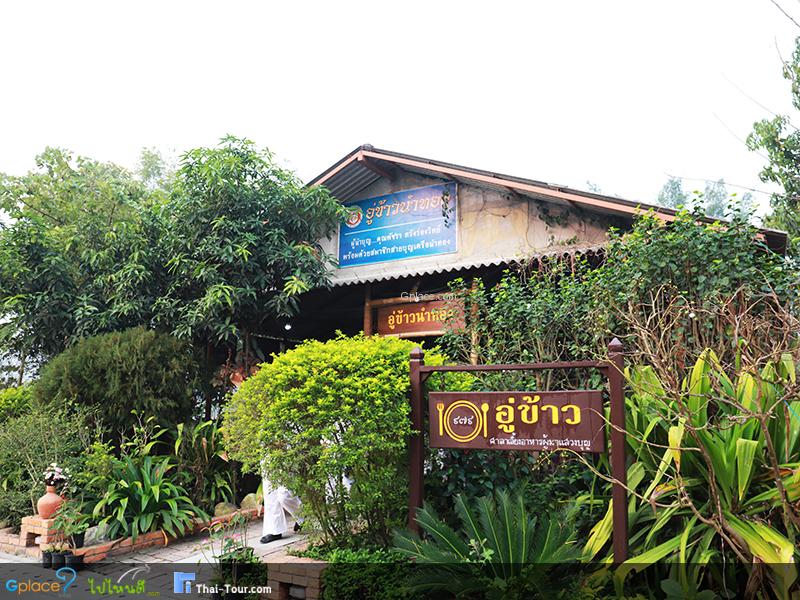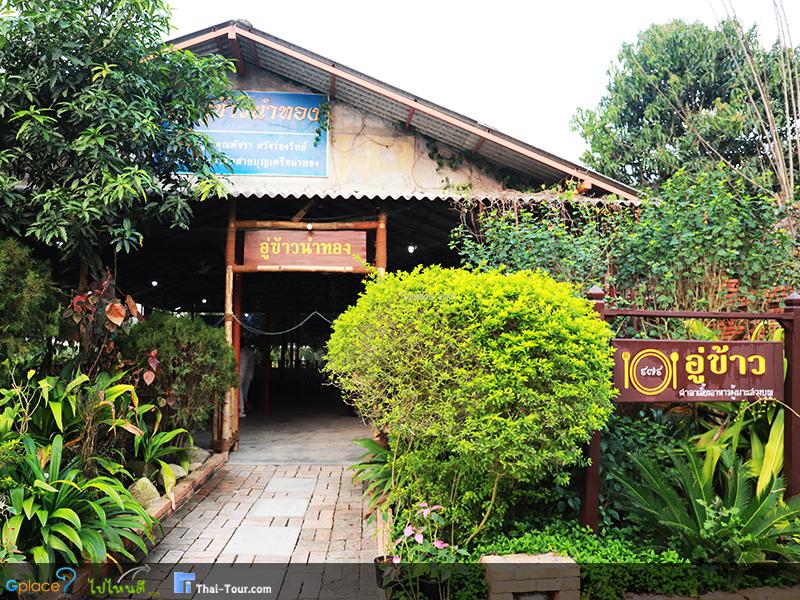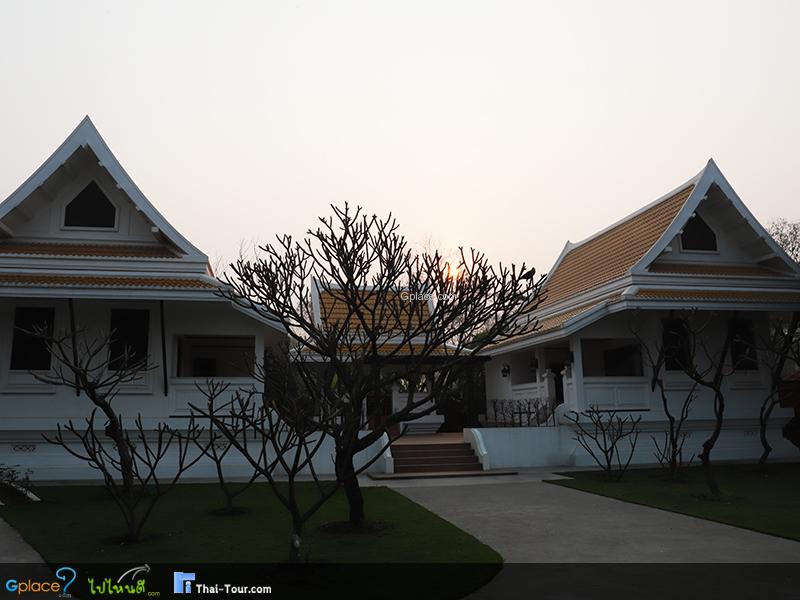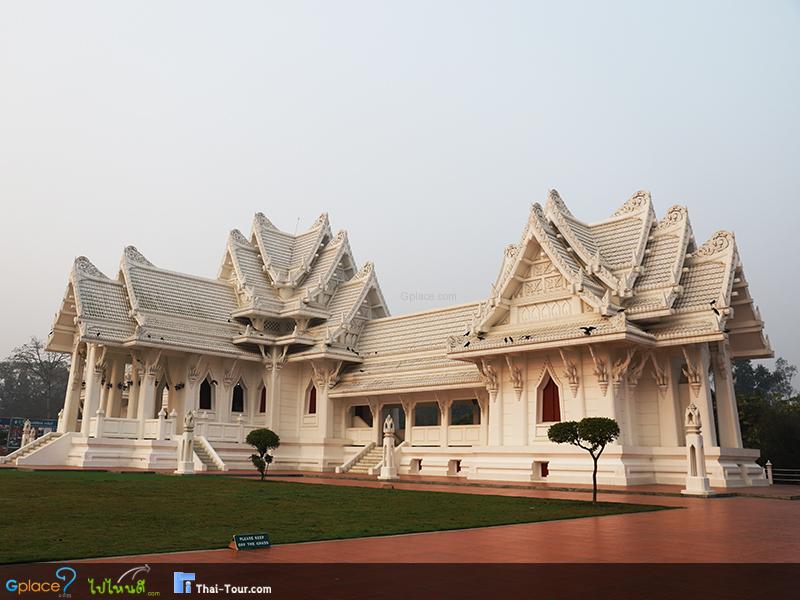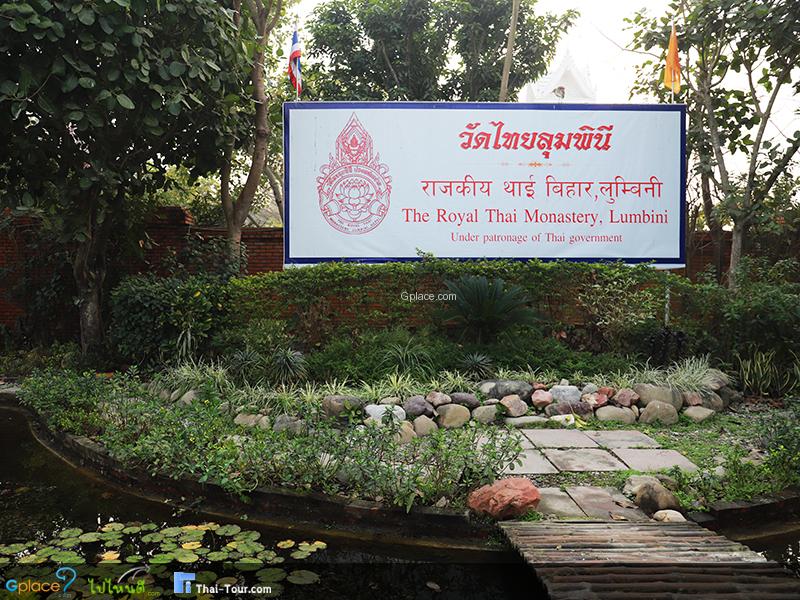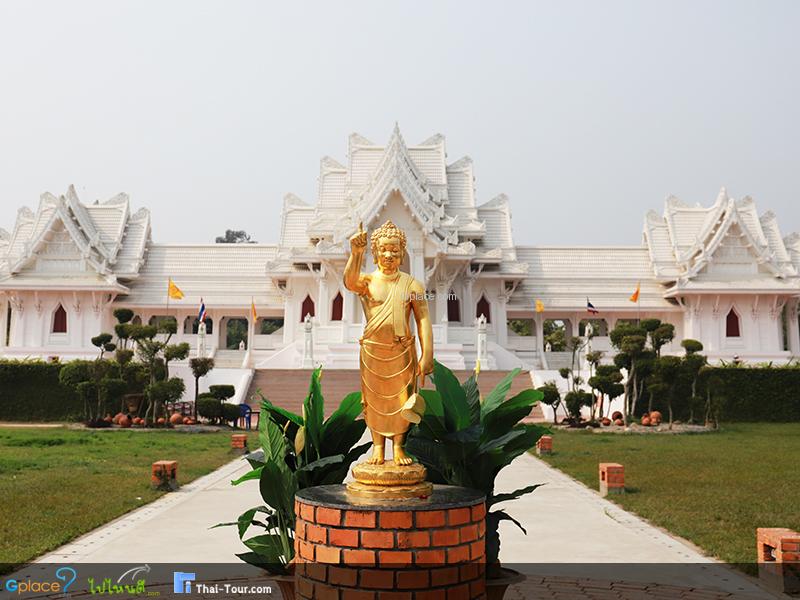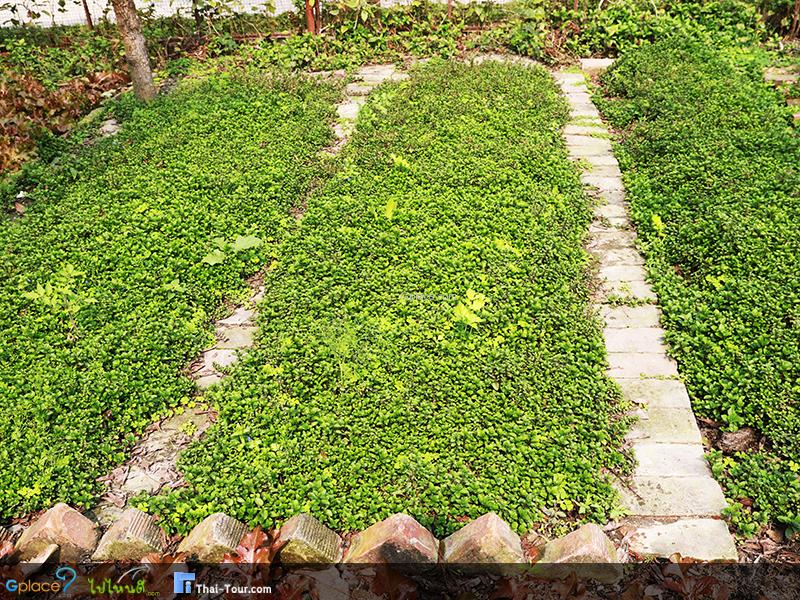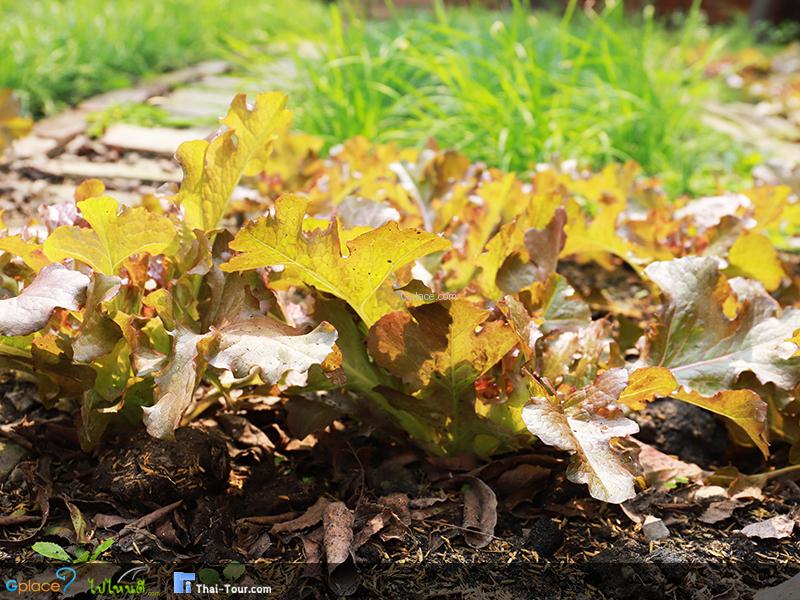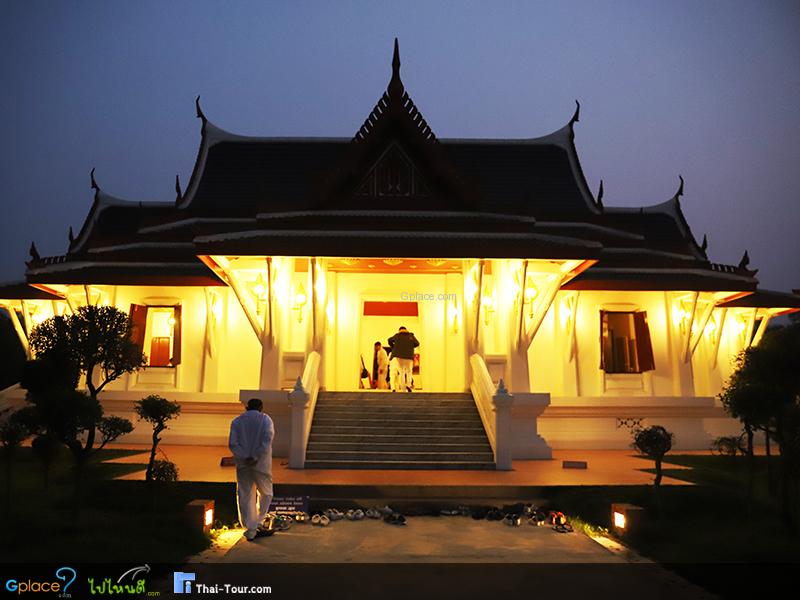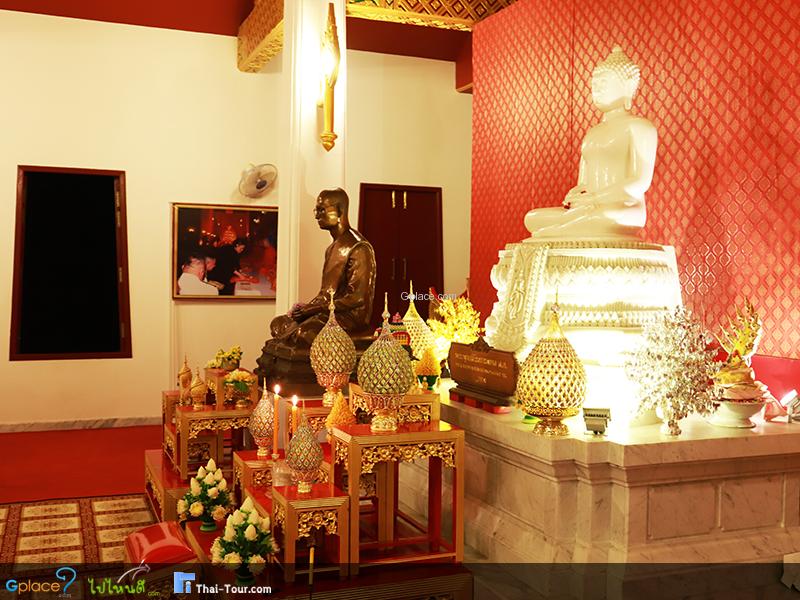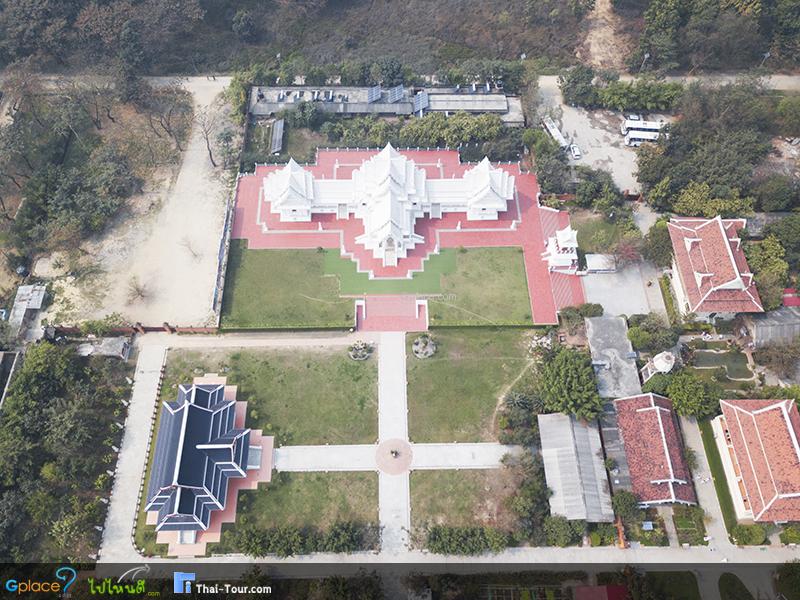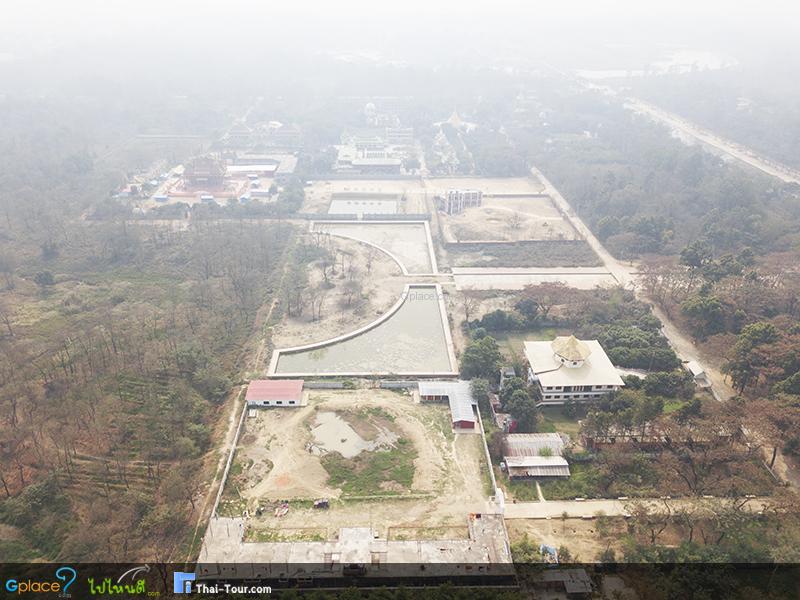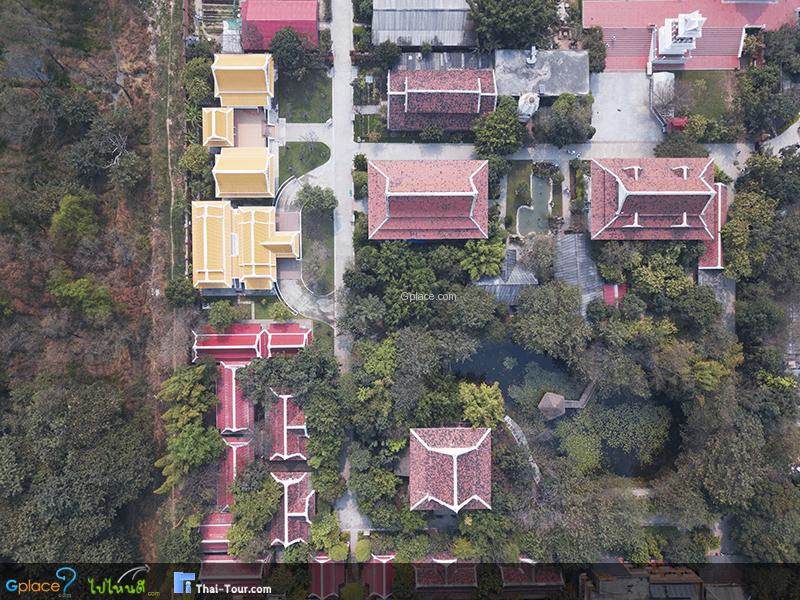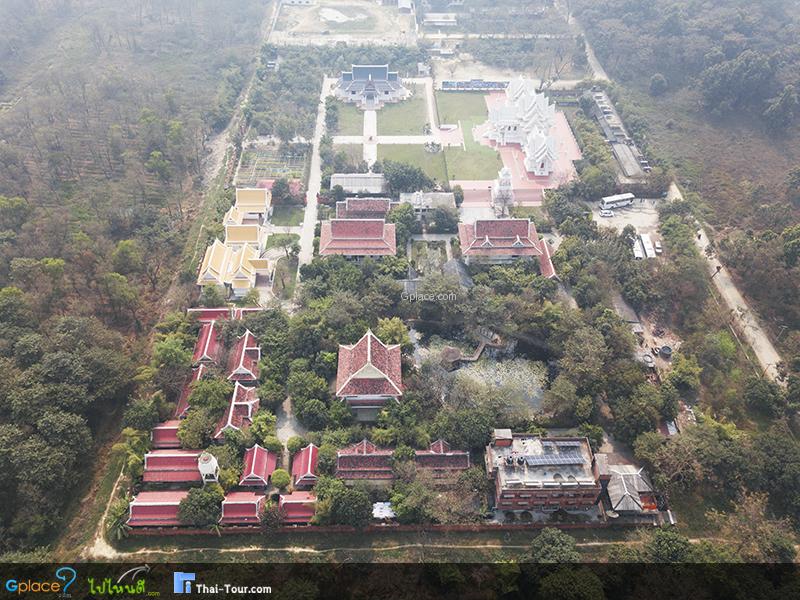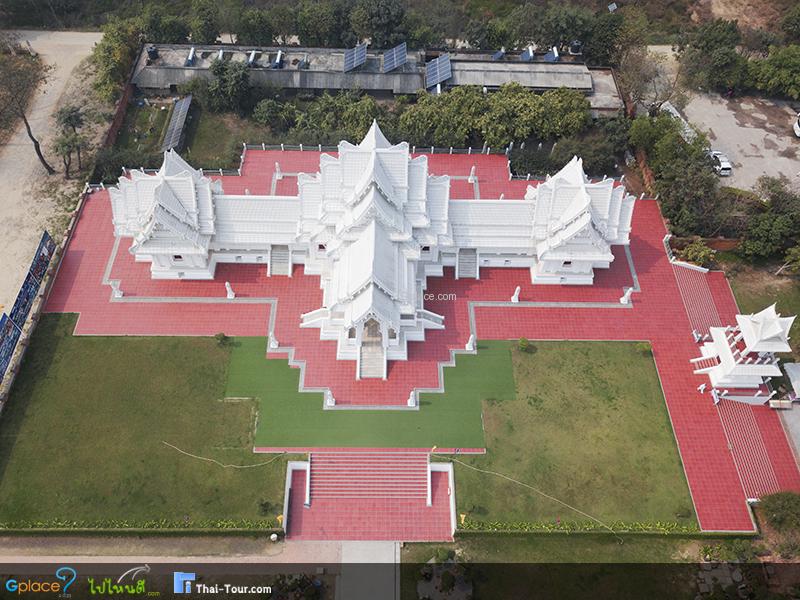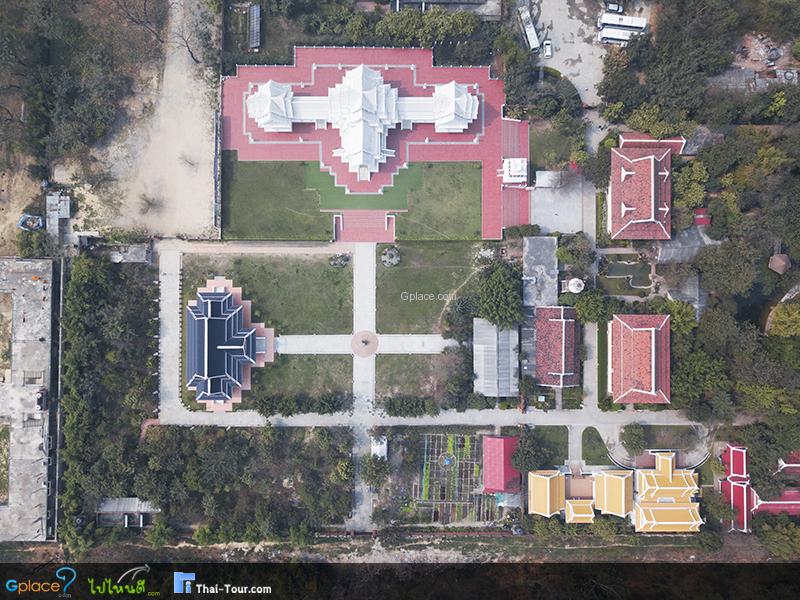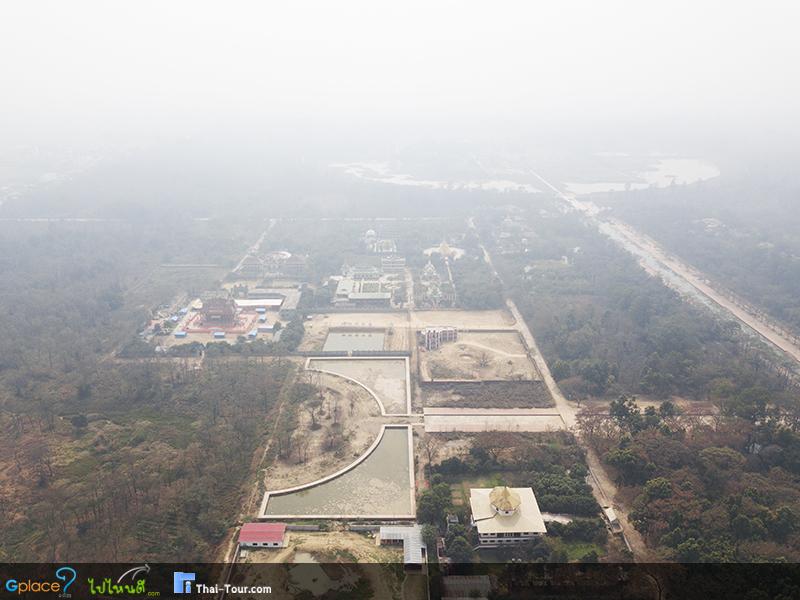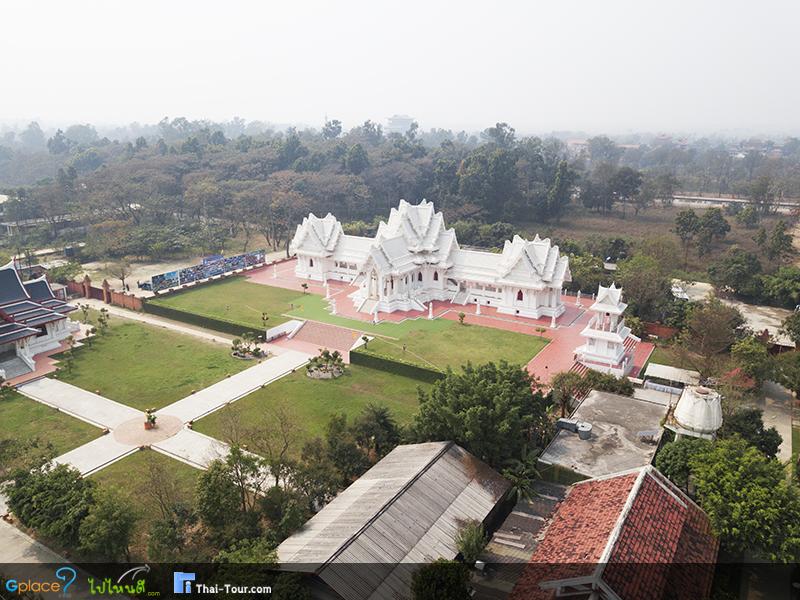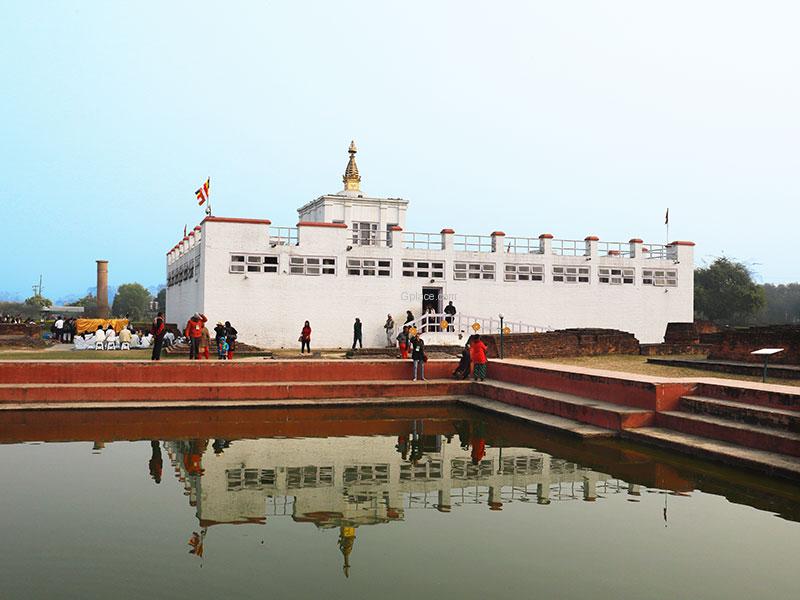“Features a stunning jade Buddha image and a marble ordination hall built under royal Thai patronage”
The Royal Thai Monastery Lumbini was established as a symbol of Thailand’s deep devotion to Buddhism and to commemorate the 50th anniversary of His Majesty King Bhumibol Adulyadej’s reign. Constructed on 5 acres of land (approximately 13 rai), leased from the Government of Nepal for 99 years, the monastery lies within the sacred grounds of Lumbini Garden—recognized as the birthplace of Lord Buddha.
Funded by the Thai government and public donations, the project was initiated with a foundation stone laying ceremony on November 19, 1995, presided over by His Holiness Somdet Phra Nyanasamvara, the Supreme Patriarch of Thailand. The temple has since become a vital spiritual and cultural center for Thai Buddhists and international pilgrims alike.
Key Structures within the Monastery Include:
-
Main Ordination Hall (Ubosot): Houses Phra Phuttha Suwannaphum Sirichok, a jade meditating Buddha statue donated by Thai Airways International
-
Monastic Residences (Kuti)
-
Chanting Pavilion (Prayer Hall)
-
Dhamma Hall (Multipurpose Hall)
-
Pilgrims’ Guesthouse and Administrative Office
-
Kitchen Facilities
The Royal Thai Monastery Lumbini is not only a place for religious practice but also a landmark that reflects the harmonious blend of Thai artistry and Buddhist heritage on international soil.
How to Get There
Accessible via road from Gorakhpur (India) or from cities like Bhairahawa and Pokhara (Nepal). Once in Lumbini, local taxis or rickshaws can take visitors to the International Monastic Zone where the Royal Thai Monastery is located.
Travel Tips
Plan your visit between November and February for the best weather. If coming from India, ensure all visa and border documents are prepared in advance. For a more immersive experience, visit during Buddhist holidays such as Vesak Day when ceremonies and celebrations are held at the monastery.
Admission Fee: Free of charge
Opening Time: Daily from 06:00 AM to 06:00 PM


















